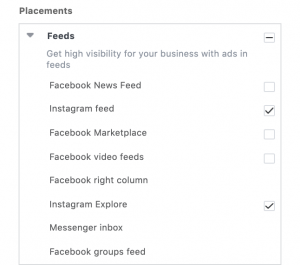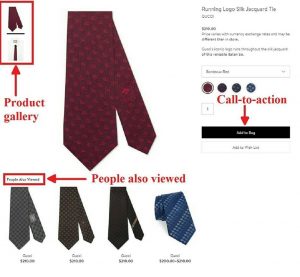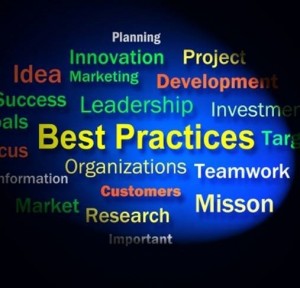
Preparing employees to become future leaders requires a significant investment in terms of time and money. In the U.S. alone, corporations shell out upwards of 14 billion dollars annually on leadership development programs. The average spending per employee was approximately $ 1,500 in 2013, according to the Association for Talent Development.
As spending increases, so does the pressure for HR managers and learning managers to prove a return on this investment. So what does a successful leadership development program look like, and how can you ensure it’s paying off?
Here are three essential elements to consider as you build yours.
1. Measurability
Even the strongest testimonials or anecdotal evidence may not be enough to persuade your boss to continue a program. That’s why every leadership development program needs a quantitative way to measure results.
Through our own experiences, we’ve found valuable guidelines for measuring the ROI of leadership development. One of the most credible and widely used systems for measuring the ROI of leadership development is the Kirkpatrick/Phillips Model, which consists of four levels of measurement:
- Reaction: How the trainee responds to the program
- Knowledge: Assessing the trainee’s new knowledge and acquired skills
- Behavior: Trainees, supervisors and direct reports assess the trainee’s leadership skills
- Impact and ROI: Trainees, supervisors and direct reports assess improvements in productivity
To adequately measure the success of your program, conduct a pre and post-training assessment and compare results. Role-play to test skill growth. You can also gather 360 feedback from the trainee’s team, including supervisors, review progress and reassess benchmarks on a regular basis.
2. Practical Application
For any leadership program to be effective, it must go beyond theoretical concepts and include practical application.
This could take the form of leadership simulations, on-the-job training, and assignments designed to stretch the employee’s skills. The focus of your training and development will vary depending on your company’s goals, but you should have a way to translate subjective skills, such as “decision making” into observable, measurable behaviors that directly relate to what the employee will be doing in a typical day. Consider how Pep Boys identified employee competencies and developed a targeted training program around them.
3. Time Sensitivity
The strongest leaders understand that time is the single most important commodity in any business.
A program designed to develop leaders must also honor the time investment by staying on track and goal-focused. Consider a year-long program that uses a combination of self-guided, online training modules, and structured webinars. Translate long-term goals, such as improving critical thinking skills, into shorter milestones with target completion dates, such as leading a project that involves developing and implementing a new solution within the company.
Identifying Your Next Leaders
Now that you understand what elements you need to have in place to develop successful leaders, it’s time to identify these future leaders within your company. Emotional factors, such as engagement, values, and a sense of purpose, are necessary in leadership, to foster a team connection, and further the corporate objective.
Assessments are necessary in helping HR determine high-potential employees-those individuals who wish to lead, and are determined to advance over time. Through behavioral interviews, 360 feedback, objective assessments, and simulations, you can gain a better grasp on who your high-potential employees actually are and ensure you get a better return on your investment into developing them.
Ready to implement a leadership development program, but not sure how to pitch it to the executive leadership team? Check out our helpful guide to selling your boss on leadership development.
Business & Finance Articles on Business 2 Community(84)
Report Post








